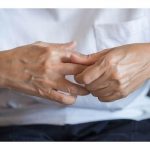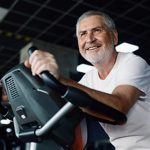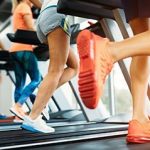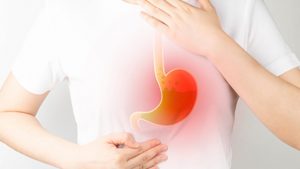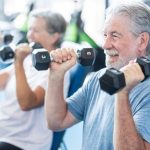
Therapies based on a hormone people make while exercising may be the next frontier in treating Alzheimer’s disease, according to a new study. Researchers have found that the exercise-induced hormone irisin may reduce both the plaque and the tau tangles characteristic of the disease. Before this, this same team developed the first 3D human cell culture models of Alzheimer’s disease, which it was able to use in this new research into the impact of irisin on amyloid beta in the brain. Physical exercise had already been shown to reduce amyloid beta deposits in mouse models of Alzheimer’s, but it wasn’t clear how. The increase of circulating levels of the muscle-derived hormone irisin through exercise regulates glucose and lipid metabolism in fat tissue. It also increases energy expenditure by accelerating the browning of white fat tissue. Past research has shown that irisin is present in human and mouse brains. Its levels are lower in patients with Alzheimer’s. “First, we found that irisin treatment led to a remarkable reduction of amyloid beta pathology,” said study author Se Hoon Choi, of the Genetics and Aging Research Unit at Massachusetts General Hospital in Boston. “Second, we showed this effect of irisin was attributable to increased neprilysin activity owing to increased levels of neprilysin secreted from cells in the brain called astrocytes,” he said in a hospital news release. Neprilysin… read on > read on >














